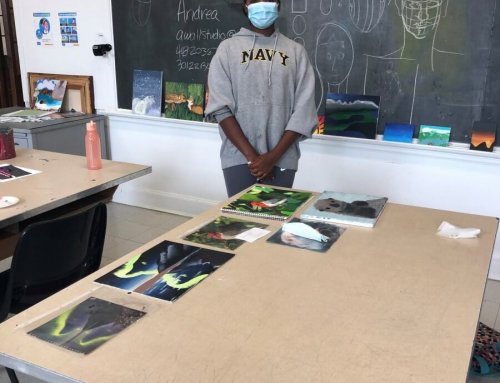It’s so bad it could be a federal disaster.
There’s precedent – in 2008 low crab yields led to a federal disaster declaration freeing up millions to prop up watermen by buying back licenses or hiring them to complete environmental projects.
However, with the fledgling commercial oyster season just now underway, watermen are pulling up piles upon piles of dead oysters.
The cause is unproven – the favorite theory is that low salinity levels, aided by the massive rainfall dumped by Tropical Storm Lee was a little too much for the Chesapeake Bay’s favorite shellfish and just wiped them out. Watermen reported the oysters they were bringing up looked “powerwashed” – missing all the normal bugs and critters usually found crawling around the oyster beds.
Watermen are bringing in just a fraction – in some cases reported as little as 10% — of daily haul expectations for this year.
The massive loss in oysters had led, apparently, to the extinction of another kind – that of working skipjacks on the Western shore. Skipjacks are traditional sailboats used for oyster dredging and were agile enough to poke around in areas harder to reach than other, more modern methods. The downside is they were more expensive to operate since it takes a crew to pilot them successfully.
Now, Captain Barry Sweitzer of the Hilda M. Willing – the last of the skipjack captains on the Western Shore is hanging up his spurs. Apparently the Hilda M. Willing remained in service so long is that she was only a part-time boat to begin with. Sweitzer is a Baltimore County marine police officer who had used vacation time to work the water twice weekly. He’s reportedly promised to keep the Hilda M. Willing up at Deep Creek Marina through Thanksgiving to give people a chance for a last look then sailing her home.
There are a few working skipjacks on the Eastern Shore – a couple off Tilghman Island and a few from Deal Island.
There are a few possible explanations for the mounds of dead oysters: Too little salinity, not enough oxygen or not enough sediment but the consensus appears to be Tropical Storm Lee had a heavy hand in the hurting put on Chesapeake oysters. All of these potential causes could stem from sustained, heavy rainfall.
The deluge could have thinned the salt water out enough to affect the oysters. Fresh water is not in itself an automatic death sentence for a bivalve though. In fact oysters can survive more fresh water than diseases that affect oysters can. However, while it may inhibit disease it also hinders reproduction and growth. But what it doesn’t do is kill.
Reports and studies will eventually be released once a cause has been determined. What they won’t do, not for a long while it seems, is bring back Capt. Sweitzer to the helm of the Hilda M. Willing any time soon.








Leave A Comment